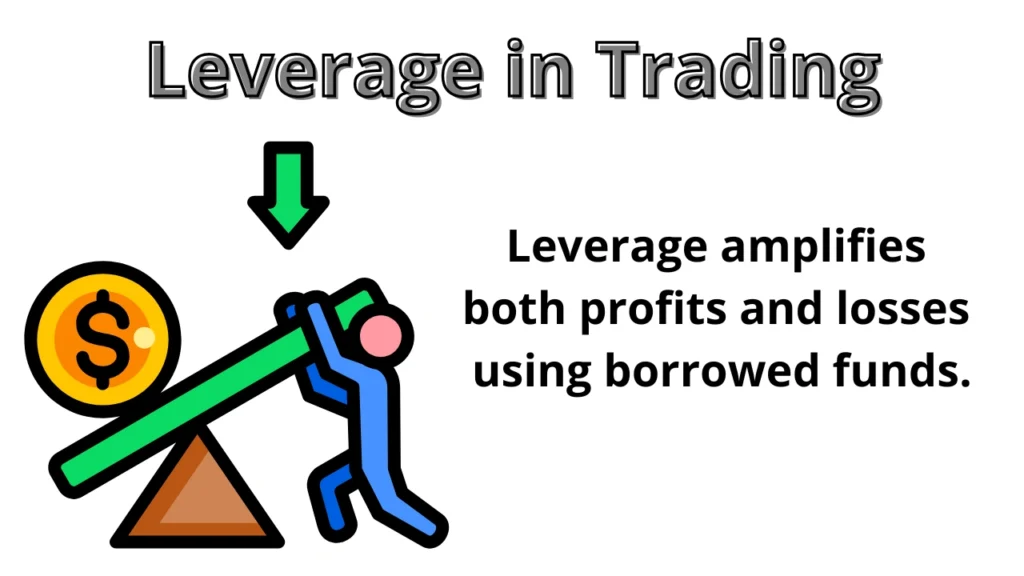Busting the Biggest Myths About Day Trading Risks (And Why It’s Still So Popular)
December 31, 2024

“Isn’t that just gambling with a suit on?”
Day trading risks are among the most misunderstood aspects of modern investing — often dismissed as reckless speculation or hyped as a shortcut to quick wealth. Ask around, and you’ll get a dozen conflicting opinions: some overly optimistic, others deeply fearful. Between the TikTok success stories and the cautionary tales on trading forums, the truth tends to get buried.
And when it comes to high-frequency trading, separating myth from fact is essential — especially for beginners entering Vietnam’s rapidly growing trading community.
So let’s take a closer look at some of the most persistent myths about day trading, and see how they stack up against reality.
Day Trading Risks Myth 1: “Day Trading Is Just Luck in Disguise”
Reality: It’s more about systems than superstition.
Sure, there’s always a degree of unpredictability in any market — but to suggest day trading is purely based on chance overlooks how structured most successful traders are.
Professional day traders rely on patterns, trend confirmation, and strict entry/exit rules. Strategies like trend following, breakout trading, and news-based scalping are methodical, not magical.
What does separate consistent traders from gamblers is risk control. You don’t bet the farm — you manage your exposure down to the decimal.
Day Trading Risks Myth 2: “You’ll Lose All Your Money Eventually”
Reality: Only if you ignore risk management.
This myth isn’t completely baseless — many new traders in Vietnam have lost capital in recent years due to poor planning, overtrading, or ignoring stop-losses.
But that’s not the same as saying day trading must end in ruin. In reality, traders who limit risk per trade (1–2% of capital), set clear stop-loss and take-profit targets, and stick to a strategy can absolutely survive — and grow.
The real risk isn’t the strategy; it’s how you implement it.
Myth 3: “Anyone Can Do It Full-Time with Just a Laptop”
Reality: Technically true — but far from easy.
The idea of trading from a coffee shop on a sunny afternoon sounds romantic, but high-frequency trading takes a toll.
To be effective, you need:
- A fast internet connection
- Stable platforms (like MT4, TradingView, or cTrader)
- Real-time news access
- A focused, distraction-free environment
Scalping 5–10 trades per hour with 0.2% targets is not something you casually do between emails. Even day trading in Vietnam, where the retail community is tech-savvy, demands far more discipline than most imagine.
Myth 4: “You Have to Trade Every Day to Make It Work”

Credit from Babypips.com
Reality: Good traders know when not to trade.
One of the most common beginner mistakes is forcing trades — entering the market when signals are unclear or setups don’t align.
But seasoned day traders understand that no opportunity is sometimes the best opportunity. They have strict rules about avoiding conflicting indicators or emotionally driven decisions (like buying because “everyone’s talking about it”).
A major part of success is waiting — something that sounds counterintuitive in a fast-paced system.
Myth 5: “There’s No Real Opportunity for Day Trading in Vietnam”
Reality: It’s limited, but evolving — especially with futures.
Because of the T+2 settlement cycle, traditional Vietnamese stocks can’t technically be bought and sold on the same day. But that doesn’t mean local traders are left out.
- VN30F futures have become a popular tool for short-term trades.
- Forex and CFDs (via international brokers) also attract retail interest.
- Young investors are increasingly using derivatives to manage shorter holding periods.
So while day trading in Vietnam may look different than in Western markets, the ecosystem is definitely growing.
Myth 6: “Using Leverage Is Always a Bad Idea”

Credit from Mind Math Money
Reality: It’s dangerous if misused — but also powerful when handled carefully.
Leverage gets a bad reputation because it magnifies losses. And yes, a leveraged account can blow up quickly if you’re trading impulsively or without a clear risk limit.
But using leverage responsibly — for example, by limiting total capital at risk and sticking to trades with tight stop-losses — allows small accounts to access meaningful returns.
The key isn’t avoiding leverage altogether. It’s respecting it.
Myth 7: “You’ll Know Instantly If You’re Good at It”
Reality: The learning curve is longer than people admit.
The first 3–6 months of day trading are often filled with trial, error, and frustration. Strategies fail. Emotions flare. Accounts shrink.
But most professionals didn’t “just know” they were good. They kept journals, tested setups on demo accounts, reviewed mistakes, and refined techniques over time.
This is not a one-week experiment. It’s a process. And unfortunately, many never make it far enough to develop a sustainable method — not because they lacked talent, but because they lacked patience.
So… Why Is Day Trading Still So Popular?

Credit from Investopedia
If the risks are this real — why do people keep doing it?
For the same reason someone trains for a triathlon or starts a business: the challenge is part of the appeal.
With day trading, you’re engaging directly with the market. You get rapid feedback. You see your progress. And if you’re consistent, you can build something powerful on your own terms.
In Vietnam especially, the energy is contagious. Forums, livestreams, and social media have created tight-knit communities where knowledge is shared and wins (or losses) are publicly dissected.
The question isn’t just “Is day trading safe?” — it’s what kind of trader do you want to become?
Final Thoughts: Rethinking Day Trading Risks
Not all myths about day trading risks are wrong — but most are incomplete.
Yes, it’s intense. Yes, it can cost you. But with the right mindset, tools, and strategy, it can also be a legitimate financial path — one that rewards structure over spontaneity and discipline over drama.
So the next time you hear someone say “day trading is just gambling,” remember: gambling doesn’t have stop-losses, journals, or layered technical strategies.
Trading does.

